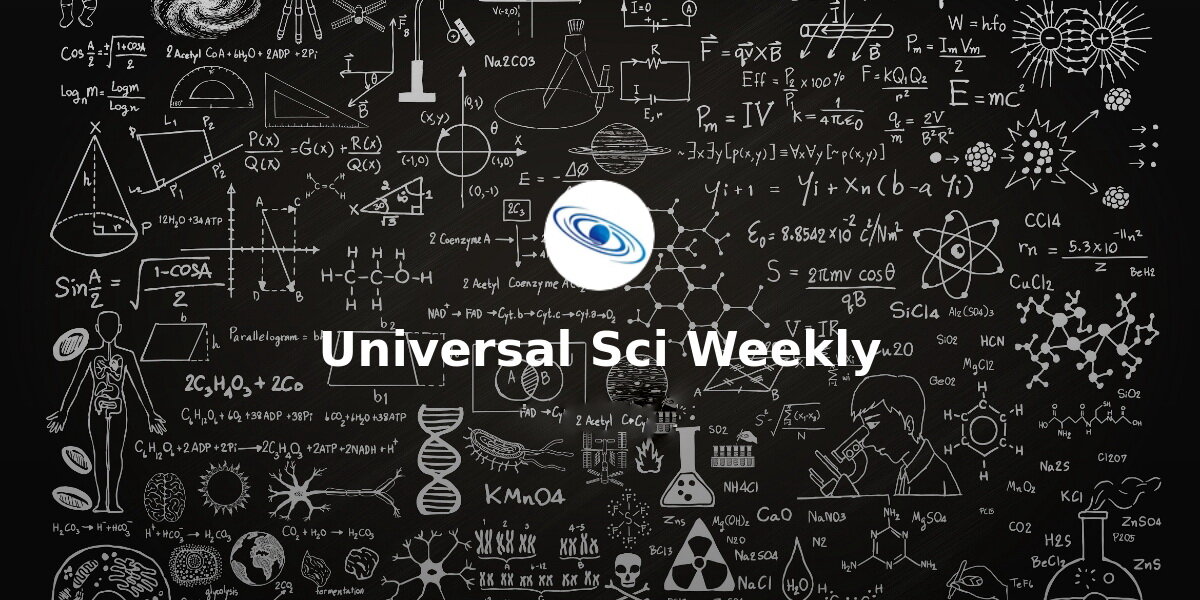The future of space telescopes promises to be very interesting with the likes of the James Webb Space Telescope looming over the horizon. Space telescopes benefit greatly from the fact that they aren't bothered by atmospheric interference. Nonetheless, they aren't the only type of telescope that can achieve this benefit; there are other interesting concepts that can deliver similar results.
Scientists from Princeton, Durham, and Toronto Universities pulled together with specialists from the CSA and NASA to develop a novel type of astronomical telescope. This resulted in the Suiperpressure Balloon-borne Imaging Telescope, or ' SuperBIT'.
SuperBIT will float on top of our atmosphere providing a first-row seat for peaking at the stars - Image Credit: NASA Earth Observatory
SuperBIT is planned to be deployed in April 2022 and will operate at an altitude of approximately 40 kilometers, above 99.5% of our atmosphere, freeing it from most atmospheric interferences akin to the familiar space telescopes.
Due to its weight, the new astronomical telescope will be carried to the above-mentioned altitude with an enormous balloon with a volume of 532.000 cubic meters (the approximate size of a football stadium).
The telescope will be equipped with a mirror that has a diameter of half a meter. Its primary goal will be to improve our understanding of the distribution of dark matter across galaxy clusters and in the universe's large-scale structure.
The project is unique as nobody has attempted this before, not only because it is remarkably complicated and challenging to do but also because balloons could stay aloft for only a few nights, which is considered too short for an ambitious experiment such as this.
Nevertheless, NASA has a solution as it recently developed so-called 'superpressure' balloons that should be able to encompass helium for a much longer period of time. If all goes well, they should be able to stay aloft for multiple months.
SuperBIT's first engineering flight back in 2015 at 40 kilometers above the Earth's surface - Image Credit: Javerom via Wikimedia Commons
During such a duration of time, the telescope will be able to circumnavigate the Earth multiple times carried by seasonally stable winds. The idea is that the telescope will be observing the skies at night while it will be able to recharge during the day using solar panels.
So why are scientists going through so much effort to study the night skies for a few months when space telescopes can be operational for several years? We haven't talked about SuperBIT's most significant benefit yet, which is the fact that it is almost a thousand times less expensive than a space telescope with similar capabilities.
Although the Hubble Space Telescope has proven to be an incredible feat of engineering, surpassing the expectations of many, in the long run, it will inevitably fail. Furthermore, it has been shared that the telescope will probably not be repaired again when it does.
Successors to the Hubble telescope like the James Webb Space Telescope will focus on infrared wavelengths or on a single optical band akin to the planned Euclid observatory. This would mean that projects like SuperBIT will be the only facility in the world capable of high-resolution multicolor optical and ultraviolet observations.
SuperBIT's final engineering test flight in 2019 - pre-launch - Image Credit: Javerom via Wikimedia Commons
Funding has already been received to create a mirror upgrade for the SuperBIT. Going from a diameter of half a meter to a diameter of 1.5 meters would mean a 10x boost of its light-gathering capabilities.
Coupling the above-mentioned mirror upgrade with a wider angle lens and more megapixels will make this proposed larger SuperBIT even more capable than Hubble. Moreover, its low cost even makes it conceivable to produce a fleet of these telescopes offering time to astronomers around the world.
We can't wait for this interesting project to become operational next April and will keep you updated on its progress.
Sources and further reading:
If you enjoy our selection of content, consider subscribing to our newsletter (Universal-Sci Weekly)
FEATURED ARTICLES:












